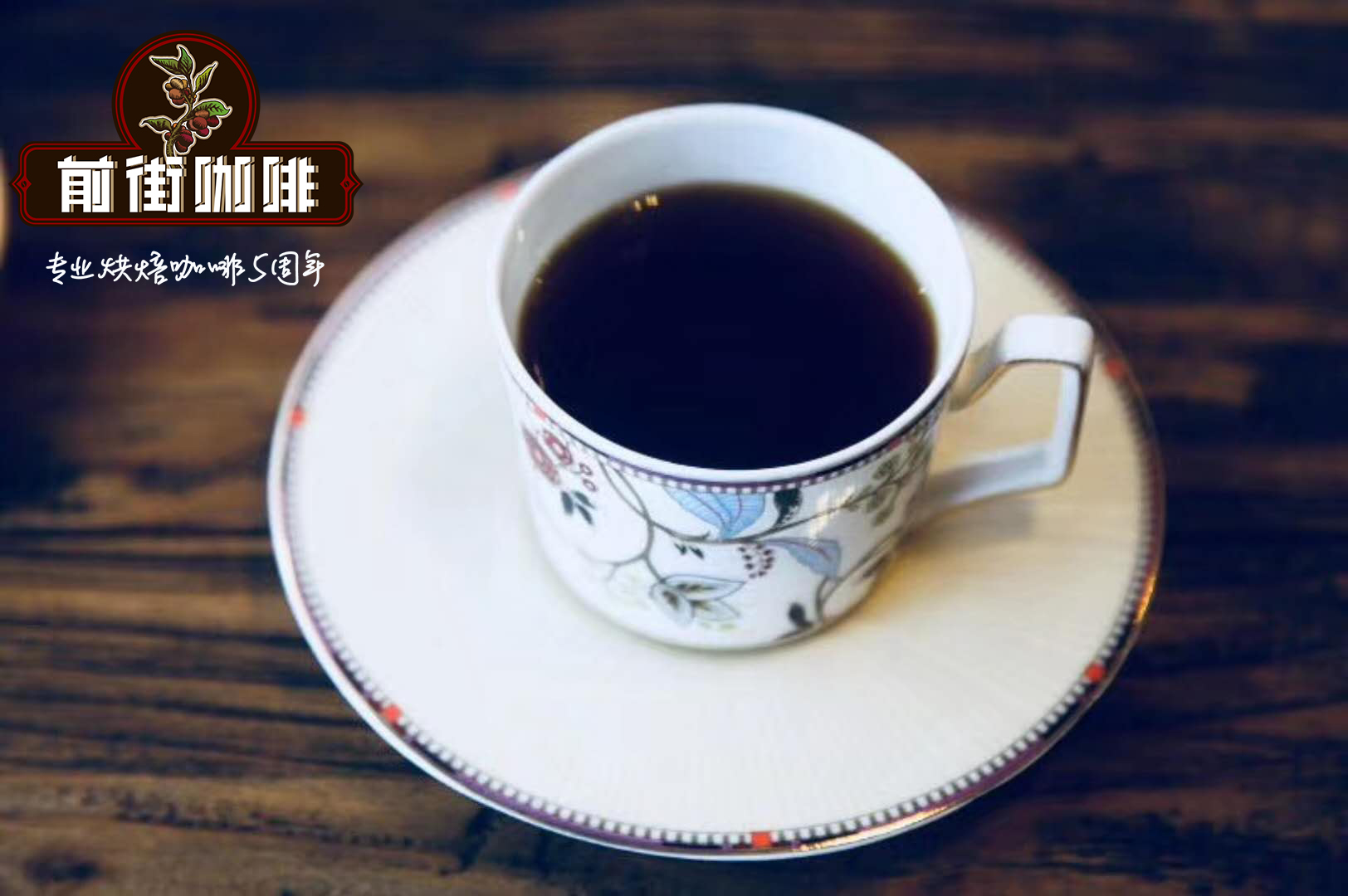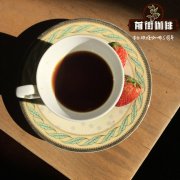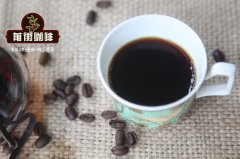What are the characteristics of honey-treated coffee beans? Does honey treatment add honey? How to drink coffee with honey

Professional coffee knowledge exchange more coffee bean information please follow the coffee workshop (Wechat official account cafe_style)
Remove coffee beans from the fruit
When the coffee is harvested, to get good quality, you need to pick it all by hand, and only pick the red ripe fruit that happens to be at the peak. It is not good to be too ripe, not to be ripe, or to fall to the ground and let it rot. Like tea, picking a large amount of tea with a machine will directly reduce the quality.
After picking, it is the beginning of another test. Coffee beans are actually just seeds with pulp and peel on the outside. The process of how to take out the seeds we need and reduce the water content inside the seeds to facilitate subsequent storage and transportation is called "Processing".
Honey treatment
Originating from Costa Rica, it is a new treatment method in recent years, which is between sun exposure and water washing. Good honey treatment can have the advantages of both. Washing treatment before the final drying process, will first remove all the skin and pulp; honey treatment is the same water washing, soaking and fermentation, the key difference is to retain some peel, pulp, along with the beans to dry.
Because the pericarp and pulp have mucous membrane (pectin), it is also called "mucosal fermentation". The enzymes in the mucous membrane make it necessary to constantly turn the sticky and shredded coffee fruit when the honey is dried to ensure that it is not overfermented or moldy. Because of the different fermentation temperatures, different degrees of honey treatments have been developed, such as white honey, yellow honey, red honey, black honey and so on. In principle, the darker the color, the closer to the sun, and the lighter it is, the closer it is to washing.
Honey treatment is named because pectin is as sticky as honey. It is not intended to add honey in the process, nor will it give coffee beans more honey taste because of honey treatment. If it tastes like it, it is the flavor performance of coffee beans themselves.
White honey is closest to washed beans because only a low 20% of the pulp is left to ferment. Therefore, the flavor we often use in washing is "clean" to describe it. Our November Chavarria belongs to Bai Mi.
The next level is yellow honey, leaving low-40% pulp, more pulp, and slightly increased complexity. I think this is the best series to represent the honey treatment. (now Don Luis belongs to Huangmi. )
Further, keep it low-60% of the pulp is called red honey, and the bean is obviously like a faded sun.
In the end, the ultimate thing that doesn't cross the line is to leave 80% of the black honey. You can imagine the complexity of the flavor, that is, a 20% discount on the sun or a strong taste of the sun! (of course, this is just a simplified metaphor, don't take it too seriously.)
The emergence of honey treatment can be said to be the response of the processing farm to the demand for fine coffee. The technology to control the residual pulp and the degree of fermentation is to determine the balance between the sweetness and fermented taste of the coffee in the cup. Sun-dried beans scare many new friends, it is that strange fermented taste, a taste that has never been tasted in commercial coffee. The emergence of boutique coffee allows us to find our favorite in cleanliness and complexity according to our own taste.
Important Notice :
前街咖啡 FrontStreet Coffee has moved to new addredd:
FrontStreet Coffee Address: 315,Donghua East Road,GuangZhou
Tel:020 38364473
- Prev

American coffee source American coffee drinking culture tradition do Americans drink American coffee
Professional coffee knowledge exchange more coffee bean information please follow the coffee workshop (Wechat official account cafe_style) there is no Viennese coffee in Vienna, no American coffee in the United States. In fact, Americano is not American coffee in the real sense, but the Italians take espresso as the base and dilute it with hot water to make a kind of light coffee.
- Next

The drinking method of American Coffee introduction to the difference between American Coffee Lungo and Long Black
Professional coffee knowledge exchange more coffee bean information Please pay attention to the coffee workshop (Wechat official account cafe_style) the real American coffee is actually drip coffee, which is the coffee in the American household electric filter pot, and Americans simply call it Coffee. So we can understand why there is no Viennese coffee in Vienna. In Vienna, the kind of cloth on the surface of coffee
Related
- Beginners will see the "Coffee pull flower" guide!
- What is the difference between ice blog purified milk and ordinary milk coffee?
- Why is the Philippines the largest producer of crops in Liberia?
- For coffee extraction, should the fine powder be retained?
- How does extracted espresso fill pressed powder? How much strength does it take to press the powder?
- How to make jasmine cold extract coffee? Is the jasmine + latte good?
- Will this little toy really make the coffee taste better? How does Lily Drip affect coffee extraction?
- Will the action of slapping the filter cup also affect coffee extraction?
- What's the difference between powder-to-water ratio and powder-to-liquid ratio?
- What is the Ethiopian local species? What does it have to do with Heirloom native species?

